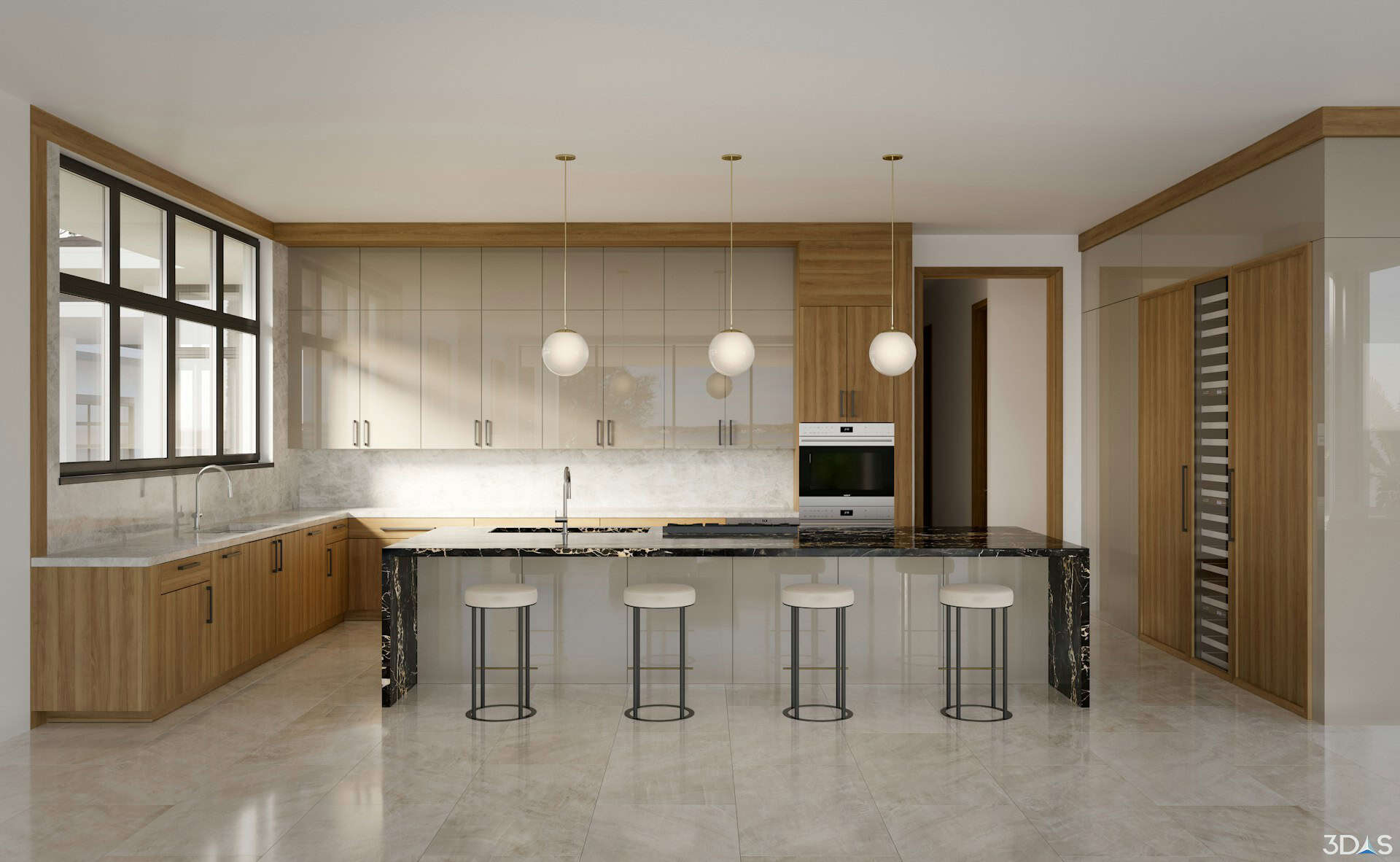
Question: Where Should I Put My Steam Oven in My Kitchen?
Answer: You should put your steam oven in your kitchen at waist height for easy access, near a water source and electrical outlet. Consider integrating it into your existing cabinetry or wall oven setup for a streamlined look.
Steam Oven Placement: Optimizing Your Kitchen Workflow
Integrating a steam oven into your kitchen presents exciting culinary opportunities. It requires careful planning to maximize its benefits and maintain a smooth workflow. This guide addresses the crucial question: “Where should I put my steam oven in my kitchen?” We’ll explore various placement strategies, considering factors like kitchen layout, accessibility, and ventilation. Whether you’re renovating or simply upgrading, these insights will help you determine the ideal location for your steam oven. Discover the best practices to seamlessly incorporate this innovative appliance into your cooking space.
This article offers practical advice and placement options, considering factors like counter space, wall ovens, and under-counter installations. We examine advantages and disadvantages, helping you select the best fit for your specific needs. By understanding these key elements, you can confidently choose the perfect spot for your steam oven, transforming your kitchen into a culinary haven.
Countertop Placement: Accessibility and Convenience
Countertop placement offers immediate accessibility. This placement suits those with limited kitchen space or who use the steam oven frequently. It provides easy access for loading and unloading dishes. However, countertop placement consumes valuable workspace.
Consider the size of your steam oven and the available counter space. Ensure adequate clearance around the oven for ventilation. A dedicated outlet near the placement area is also essential. This option offers the most immediate access but requires ample counter space.
Countertop placement offers flexibility. You can easily move the oven if needed. This suits renters or those who anticipate future kitchen renovations. Consider the stability of the countertop surface to support the oven’s weight.
Click here for more information on cabinet refinishing Toronto
Related Article: What Can I Cook in My Steam Oven?
Related Article: Does a Steam Oven Need a Drain?
Wall Oven Integration: Elevated Placement
Integrating the steam oven into a wall oven setup offers several benefits. This placement elevates the oven to a comfortable working height. It frees up valuable counter and under-counter space. This option often involves professional installation and requires compatible wall oven cabinets.
Consider the placement of the steam oven relative to your conventional oven. Placing them side-by-side simplifies meal preparation. Ensure adequate ventilation around the steam oven to prevent moisture buildup. Wall oven integration creates a unified and aesthetically pleasing cooking space.
Wall oven integration provides an ergonomic advantage. It reduces bending and lifting, enhancing kitchen comfort. This option suits those with back problems or mobility limitations. Consider the overall kitchen layout and access to adjacent appliances. A cohesive wall oven setup enhances both form and function.
Island Integration: Centralized Cooking Hub
Incorporating a steam oven into a kitchen island creates a centralized cooking hub. This placement optimizes workflow during meal preparation. It facilitates interaction with guests while cooking. Island integration requires thoughtful planning to address plumbing and electrical needs.
Consider the island’s size and layout. Ensure sufficient space for the steam oven and surrounding workspace. Factor in ventilation requirements and access to power outlets. Island placement facilitates seamless meal preparation and social interaction.
Ventilation Considerations: Essential for Optimal Performance
Proper ventilation is crucial for steam oven performance. Adequate airflow prevents moisture buildup and ensures efficient operation. Consider the placement of the vent and its proximity to other appliances. Consult a professional for guidance on ventilation requirements.
External venting is ideal for optimal steam oven performance. This system effectively removes excess moisture. It prevents damage to surrounding cabinets and countertops. Internal venting recirculates air within the oven. This method requires less extensive installation but may not remove moisture as effectively.
Proper ventilation safeguards kitchen cabinets and countertops. It prevents warping and damage caused by excessive moisture. It also helps maintain a comfortable cooking environment. Consult a professional for specific ventilation recommendations.
Conclusion – Where Should I Put My Steam Oven in My Kitchen?
Selecting the ideal location for your steam oven enhances both kitchen functionality and culinary creativity. Consider factors such as kitchen layout, cooking habits, and accessibility. Countertop placement offers immediate access but requires ample counter space. Under-counter installation integrates seamlessly but necessitates professional installation. Wall ovens elevate the appliance, freeing up counter space.
Island integration creates a centralized cooking hub. Ventilation remains paramount for optimal performance. By carefully assessing your needs and kitchen space, you can confidently choose the perfect spot for your steam oven, maximizing its potential and elevating your cooking experience.

Blue Malue Get in touch with Blue here.
